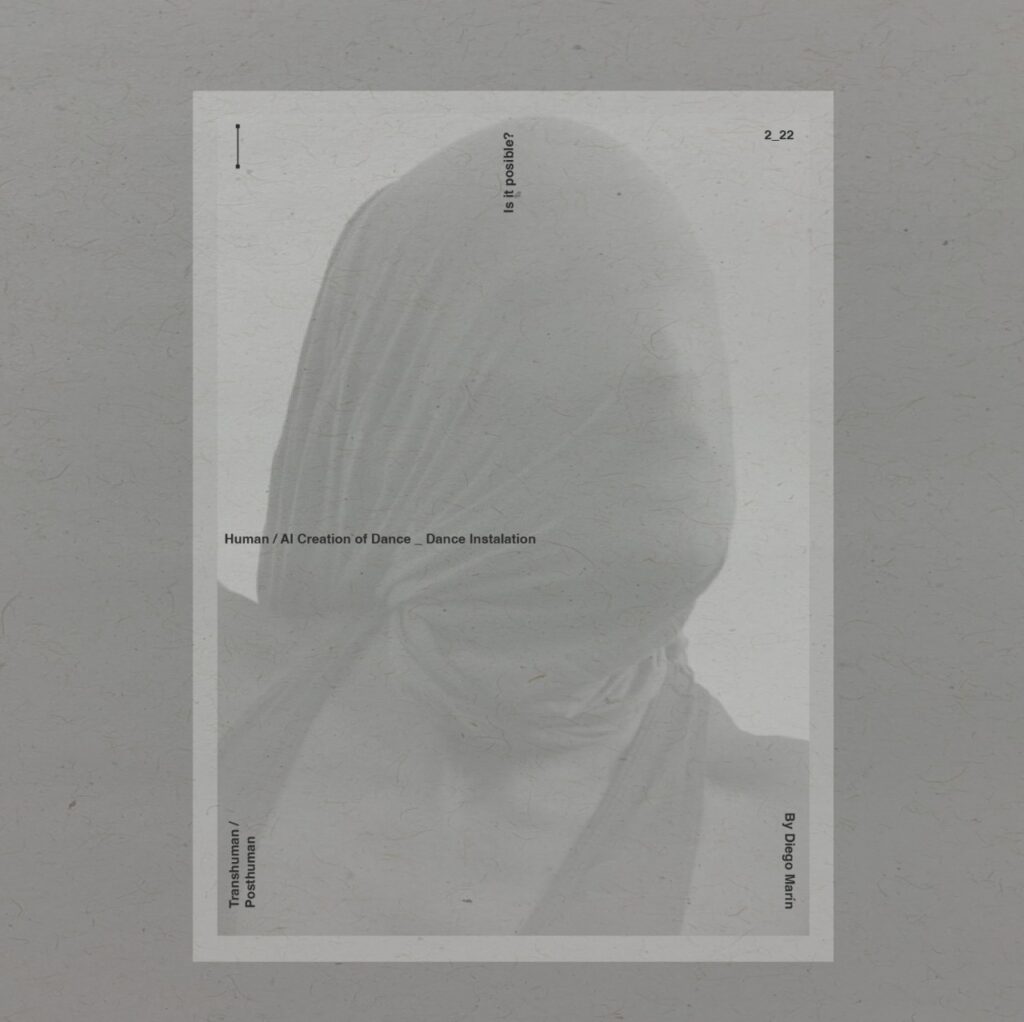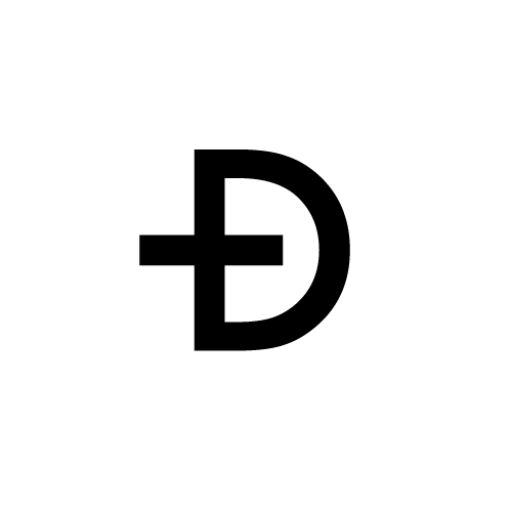29 AUGUST, 2022
Centre for the Future of Intelligence | University of Cambridge
A few days before my performance with an AI dancer co-developed with Benedikte Wallace at RITMO Centre (University of Oslo) I want to share some thoughts emanating from my experience co-creating dance with the AI dancer. While this text represents a statement and is not an academic article in which I can go in depth about what this research entails, you can find all the background, case studies and scientific references in my master thesis ‘Embodying the artificial: Human/AI Co-creation of dance’.
First of all, I would like to point out that my motivation stems from my curiosity about the creative processes that can be developed by artificial intelligence and subsequently about the co-creative processes that humans and non-humans can do together. This led me to explore creativity in dance from cyborg anthropology and to forge a position in post-humanist dance.
The most latent motivation for my research is the great learning I have had during the collaborative process with Benedikte Wallace and her AI dancer to understand what the creative process is like for us as human dancers. By trying to understand what the creative processes of the body on stage are like, we can replicate human dance with AI. This requires understanding and describing from phenomenology the physical-cognitive processes we use to create dance in real time, which leads us to deeply explore how creativity works.

What might be thought of as a mental process from a centralised neuro-system actually questions a paradox inherent in the mind-body duality that triggers an interwoven complexity of the process itself. Creation-action, and how the body by its condition of being and acting (adding the potential intentional participation within an interaction or creative process) detonates creativity itself. In this sense, exploring how creativity works has made me understand my artistic practice much better and appreciate the complexity of human creativity (specifically in the field of body arts). The intention to develop an artificial intelligence dancer surpasses any simple intention to replicate this human expressive capacity artificially. This process of co-construction into another artificial entity has compelled me fascinatingly to study, document, describe and explain what creativity is and how it works in dance.
I am completely passionate about this research-creation process, not only because as an artist it helps me to understand my own creativity and re-discover my human condition, but also because I am convinced that its results contribute to the construction of interdisciplinary knowledge. This knowledge is intended to have an impact on the ethical field of creative AI development and on the other hand, it can contribute to a better understanding of the functioning of human creativity.
At the same time I would like to briefly note some data that I have found in several articles (both scientific research and journalistic) where the role of AI in dance creation is not distinguished. Precisely I am referring to the distinction between when artificial intelligence is USED and when it COLLABORATES with artificial intelligence, since even in the most popular and renowned cases, artists and researchers express doing dance from a perspective in which AI is considered only as a tool and not as a creative collaborator.


What happens when we consider artificial intelligence as a creative partner?
There are many positions that cancel out from the outset the possibility that artificial intelligence can be creative simply because of it seems reductive the ways in which AI connects with its data sources to transform them into something new, but we should ask ourselves whether this cancellation would also apply to us if we consider that the information around us also shapes our creativity. Although our human processes are different from those of a machine, in my opinion this does not mean that the machine’s processes are not creative. The conclusions of this stage of my research have forced me to look at whether we as humans do not really appeal to interrelational information processes in a similar (albeit much more complex and different) way to what artificial intelligence today claims to be able to do.
However, and accepting that the concept of intelligence and the concept of creativity are still very blurred, I do not share the perspective that these are exclusively human faculties, nor their invalidation in AI under the argument that a human configured the mechanisms that trigger their creativity, since the source of the elements that configure our human creativity can also be found in external agents and be learned from non-human agents.
Creativity makes sense when someone gives it meaning
While the AI’s lack of awareness, intention and interpretative capacity does not allow it to make sense of its creative products, it does not limit it from being a co-participant in creative processes. The fact that someone or something is not aware of their participation in a co-creation process does not exempt them from being a contributor and potentially being recognised for their contribution.
What is valuable in co-creation is the process itself, as its implicit power dynamics bring different circumstances that are reflected in the ways we apply our creativity and ways of relating to other beings. If we design AI to be a creative tool, we will learn to use tools, if we design creative-interactive AI from a co-participatory dynamic, we will learn in addition to the use of tools to work in a team with something (or someone) other than ourselves beyond the development of mechanical skills, which detonates, forges and enhances empathy, creativity and collective work skills.
Finally, it would be worth questioning whether in fact non-interactive creative AI tools may pose more danger to human creativity than creative AI agents that require the co-participation of humans in order to produce. By this, rather than talking about risks that might stunt human creativity, I am talking about how we should think about and design creative AI to find ways to further enhance human creativity itself.
My presentation will be on 8 September in the Alison Richard Building at the University of Cambridge (UK), where as well as dancing live with the AI dancer I will be presenting alongside Alan Blackwell and Lizzie Willson. Admission is open and free.
Click below for more information:



die.ego@live.com.mx
The article reflects the essence of the topic and provides helpful insights for readers. Thanks for sharing your knowledge with us.